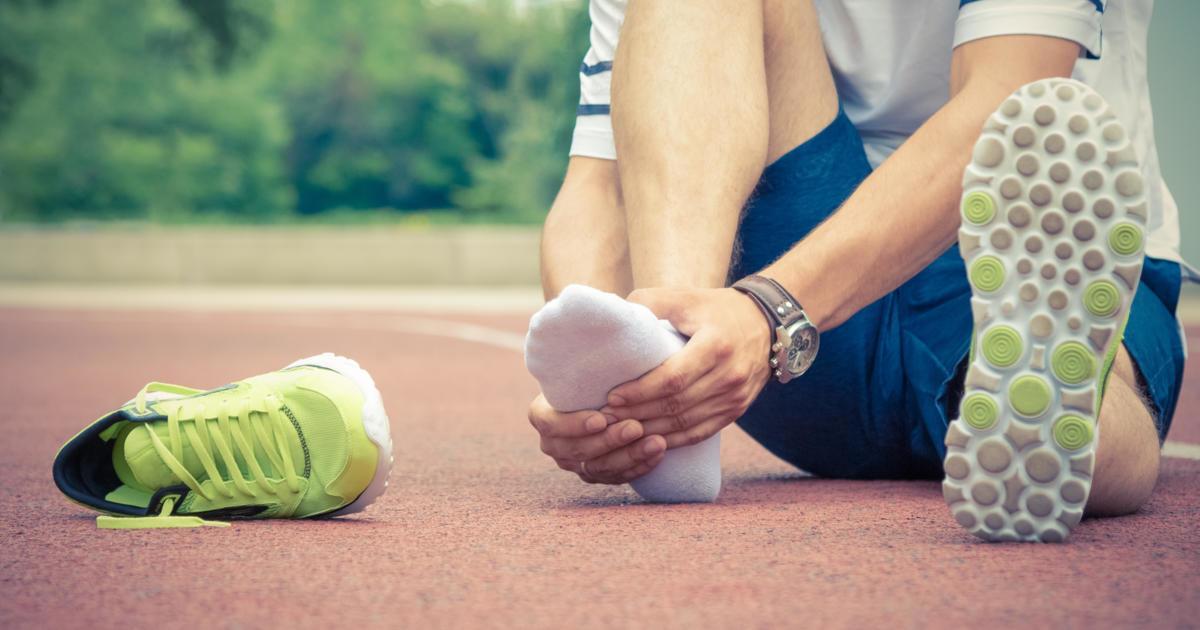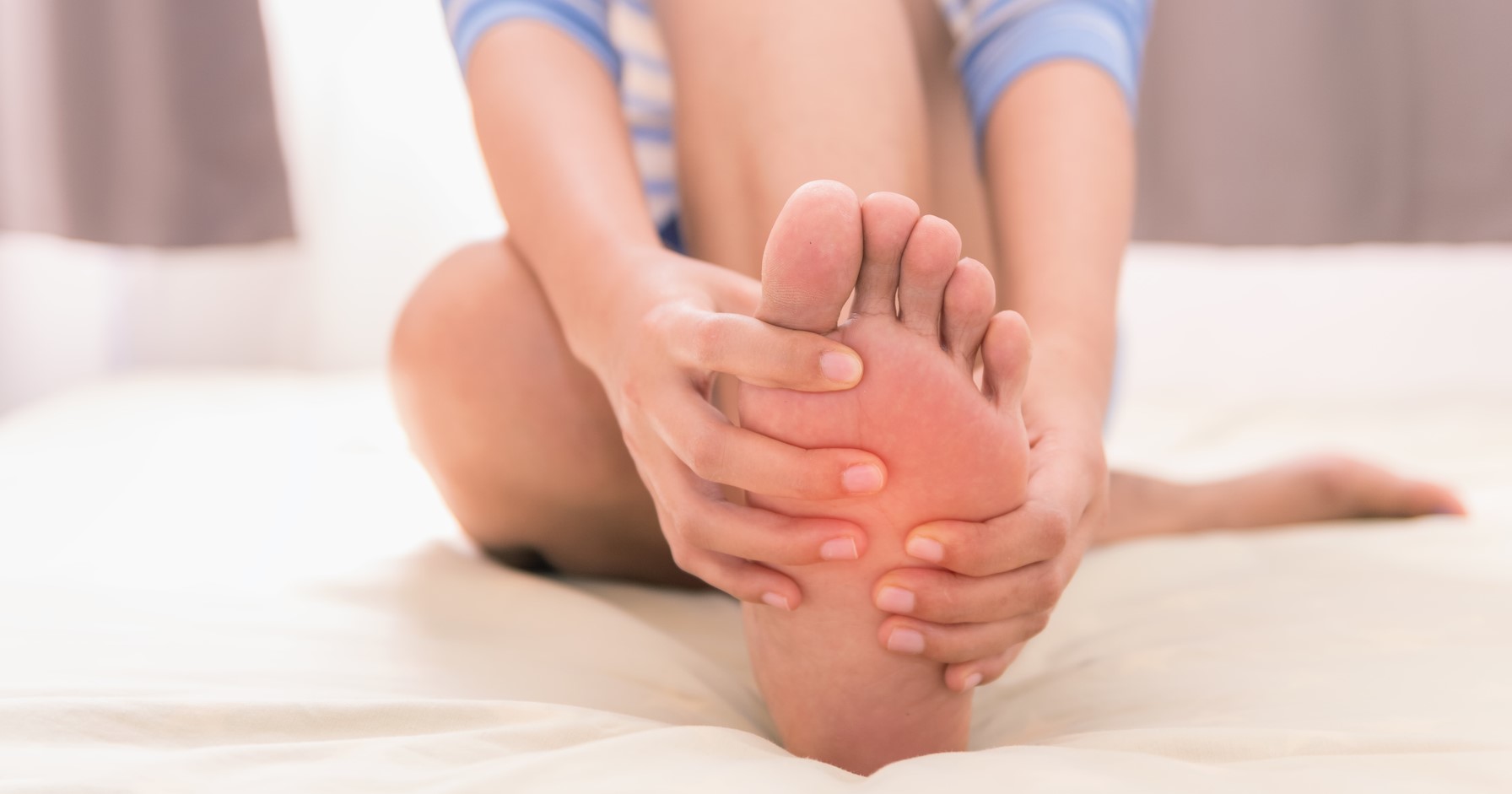How To Spot Sesamoiditis
Sesamoiditis is a particularly painful foot condition that involves inflammation of the tendons around the sesamoid bones. Unlike most bones, the sesamoid bones are not connected to other bones but are instead connected to tendons or embedded deep within muscle tissue. The largest sesamoid is the kneecap, and there are two other sesamoids located on the bottom of the forefoot (ball of the foot) at the base of the big toe.
These sesamoids are each estimated to be the size of a corn kernel, and one is on the outside of the foot. The other is located towards the middle of the foot. Since it is caused by inflammation of the tendons around the sesamoids, sesamoiditis is classified as a form of tendonitis. Like many cases of tendonitis, this condition is especially common in runners, joggers, ballet dancers, and baseball players, all of whom place great strain on their feet.
Bruising

Bruising can occur with sesamoiditis; however, many individuals who have been diagnosed with the condition do not experience this symptom. When bruising is present, it is often very mild. To help bruises heal, patients should try to cushion the area of the bruise with padding, and avoid tight shoes or other sources of friction around the site. Ice packs or cooling gels can ease the pain from bruises.
If using an ice pack, always wrap the ice in a towel or plastic bag, and leave it on the area for no more than twenty to thirty minutes at a time. A compression bandage may help support the foot as well. Doctors also recommend resting and elevating the bruised site with a pillow or cushion. Some patients find arnica creams or other ointments help to dull the pain from the bruise. A doctor should be consulted if a lump forms over the bruise as this is indicative of a hematoma.
Swelling Around Affected Site

Swelling around the affected site is sometimes associated with sesamoiditis, but it is not present in all cases. Also known as edema, swelling is typically accompanied by redness and warmth at the site, and can lead to an increase in pain. It is especially important to rest and elevate the foot and avoid wearing high heels or other shoes that stress the area to reduce swelling. Flat shoes are suggested to help alleviate pressure on the foot so swelling does not increase. In particular, ballet shoes and cleats can be especially harmful when swelling is present.
Ice packs can help reduce swelling, and these should be applied for twenty to thirty minutes at a time. Some patients find the use of a foot bath can help soothe symptoms. Patients should monitor the amount of swelling they are experiencing and should consult a doctor if the swelling continues for more than two days, particularly if it grows in size or if redness worsens. Steroid injections given by a doctor are sometimes used to reduce swelling.
